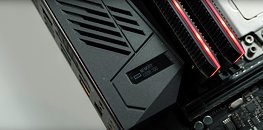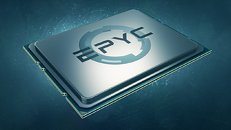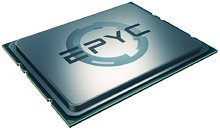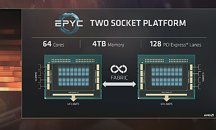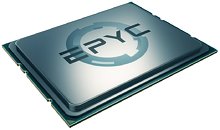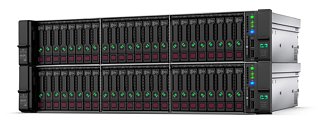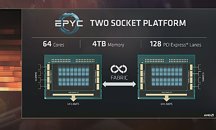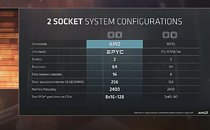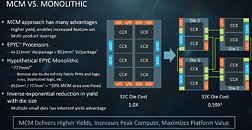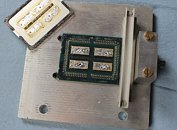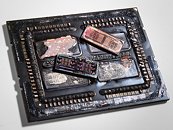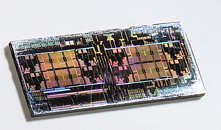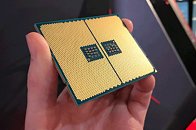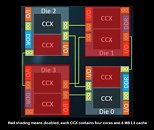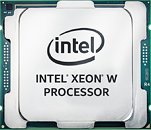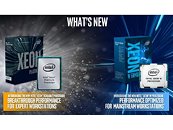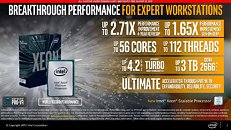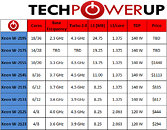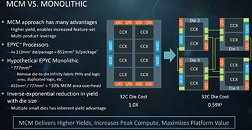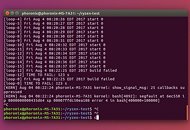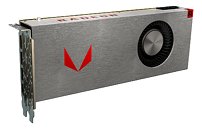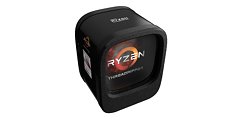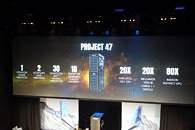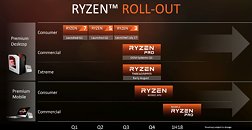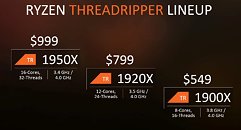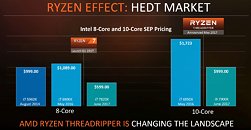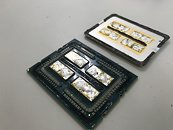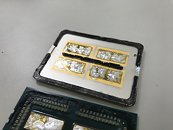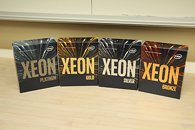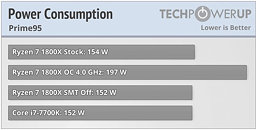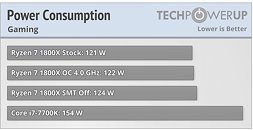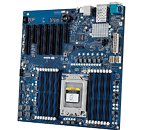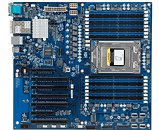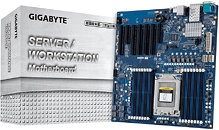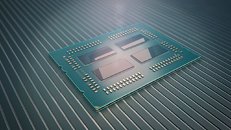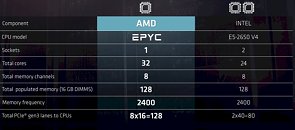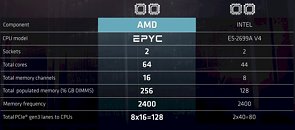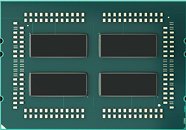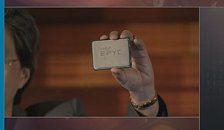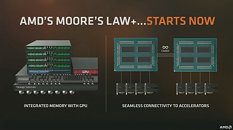
An EPYC Threadripper: Der8auer Gets EPYC CPU Working on X399 Motherboard
So, maybe it isn't really working - but at least the system boots up all the way to the BIOS memory checks, where it then stops emitting life signs. Der8auer went through a sort of blind process to discover that there is a particular ID pin on EPYC that when covered, allows the CPU to be booted up by a X399 motherboard (in this case, an ASUS X399 Zenith Extreme). ID pins are nothing new, and basically tell sockets whether or not they should be powering up a particular CPU.
So what exactly does this mean? Nothing much - only that the sockets and pinouts are the same. The approach towards detecting the ID pin was a crude, brute force one, appending a piece of electrical tape to different parts of the CPU, narrowing down the search for a single pin. When this particular pin was covered, standby power finally kept on, and the motherboard ran through some initial boot steps until stopping at the D0 memory boot code. Der8auer thinks that a "simple" BIOS switch on this TR4 motherboard to an EPYC motherboard's BIOS would suffice to get the EPYC CPU running on this Threadripper motherboard. Check out the full video after the break.
So what exactly does this mean? Nothing much - only that the sockets and pinouts are the same. The approach towards detecting the ID pin was a crude, brute force one, appending a piece of electrical tape to different parts of the CPU, narrowing down the search for a single pin. When this particular pin was covered, standby power finally kept on, and the motherboard ran through some initial boot steps until stopping at the D0 memory boot code. Der8auer thinks that a "simple" BIOS switch on this TR4 motherboard to an EPYC motherboard's BIOS would suffice to get the EPYC CPU running on this Threadripper motherboard. Check out the full video after the break.



